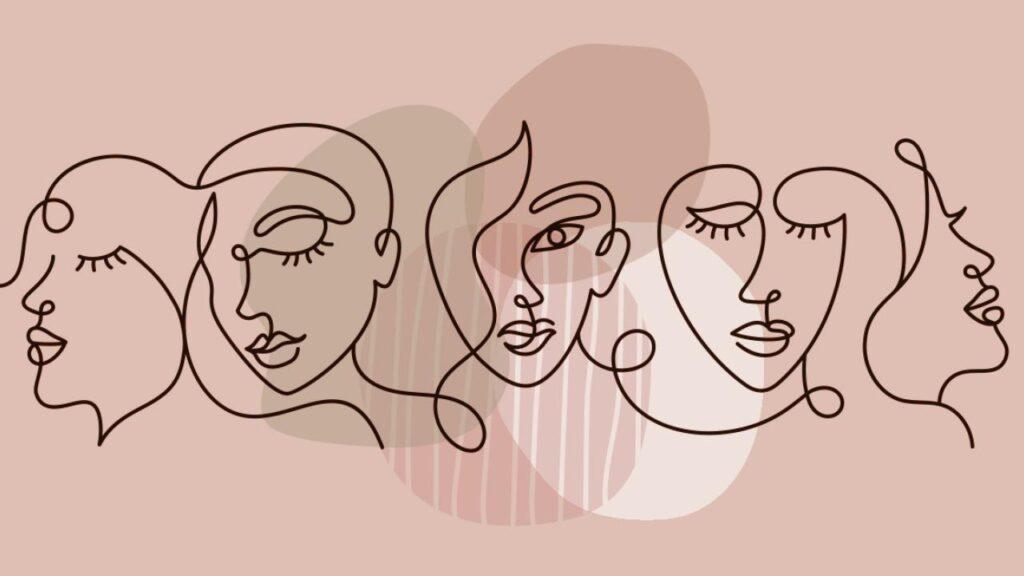Do race and ethnicity influence beauty standards?
Yes, race and ethnicity undeniably influence beauty standards. Throughout history and across different cultures, prevailing racial and ethnic norms have often shaped beauty ideals, perpetuating biases and inequalities.
Several key factors demonstrate the connection between beauty standards and race/ethnicity:

Eurocentric Beauty Ideals: Many parts of the world historically promoted Eurocentric features, such as fair skin, slender noses, and straight hair, as the standard of beauty. These ideals have marginalized individuals with features that deviate from this Eurocentric norm, particularly people of color.
Colorism: Many racial and ethnic communities hold a concept known as colorism, where they often perceive lighter skin as more attractive and socially advantageous. This bias can be particularly pronounced in societies with a history of colonialism and racial hierarchies.
Media and Representation: Mass media, including fashion magazines, advertising, also entertainment, have played a significant role in perpetuating Eurocentric beauty. Underrepresentation or misrepresentation of racial and ethnic diversity in media can reinforce these ideals.
Hair Texture: Straight hair preference over natural curls or kinks is a common aspect of standards in various societies.
This has particularly affected individuals of African descent, who have often felt pressured to conform to straightened hair.
Facial Features: Almond-shaped eyes or specific nose shapes vary significantly among racial and ethnic groups. In some cases, individuals have sought cosmetic procedures to modify their features to align more closely with prevailing beauty ideals.
Cultural Appropriation: The appropriation of elements from marginalized cultures, such as hairstyles or traditional clothing. Dominant groups may reinforce beauty, favoring specific racial or ethnic features also stigmatizing them in their original cultural context.
Globalization and Western Influence: As societies become more interconnected. Western beauty ideals often exert a significant influence on standards worldwide. This can lead to the homogenization of beauty ideals and the marginalization of indigenous standards.
Conclusion
It’s crucial to recognize that beauty standards are dynamic and can evolve. Efforts are being made to challenge and diversify these standards, celebrating the beauty of all races and ethnicities.
Increased representation of diverse individuals in media and the beauty industry, along with education and awareness. Can help combat the harmful influence of racial and ethnic biases on beauty standards.
Promote beauty by celebrating all races and ethnicities’ unique qualities and diversity. 온라인카지노